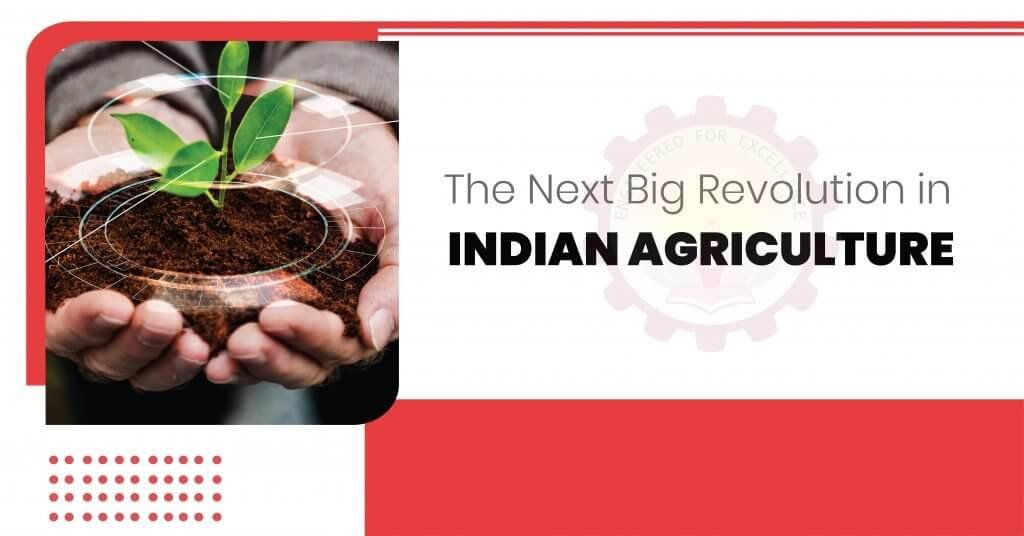Genome Editing, The Next Big Revolution in Indian Agriculture
Understanding Genome Editing:
Why It Matters in Indian Agriculture:
Benefits for Indian Farmers:
-
Improved Crop Resilience: Genome editing allows for the development of crops that can withstand various environmental stressors, such as drought, pests, and diseases. This means less crop loss and more consistent yields.
-
Reduced Environmental Impact: Sustainable agriculture practices are crucial to preserve India’s delicate ecosystems. Genome-edited crops can potentially require fewer inputs like water and pesticides, reducing the environmental footprint of farming.
-
Increased Nutritional Value: Genome editing can enhance the nutritional content of crops, making them more beneficial for consumers and addressing malnutrition concerns.
-
Economic Prosperity: By producing higher yields of healthier crops, genome-edited agriculture has the potential to boost the income of Indian farmers, ultimately contributing to economic growth in rural areas.
Challenges and Ethical Considerations:
The Path Forward: The adoption of genome editing in Indian agriculture is on the horizon. The Indian Council of Agricultural Research (ICAR) has shown interest in exploring the potential of genome editing in crop improvement. Research institutions and agricultural organizations are also making strides in this area.
Conclusion:
As we look toward the future of Indian agriculture, genome editing presents an exciting frontier. With the potential to enhance crop resilience, reduce environmental impact, and address the nutritional needs of a growing population, this technology could be the next big revolution in Indian agriculture. However, it’s essential that we tread carefully, addressing ethical concerns and developing a robust regulatory framework to ensure its responsible and sustainable adoption. Genome editing has the power to transform Indian agriculture and secure a more prosperous, sustainable, and food-secure future for the nation.
STUDENT (SE ECS)
Nikita Kamashetty Jewargi


